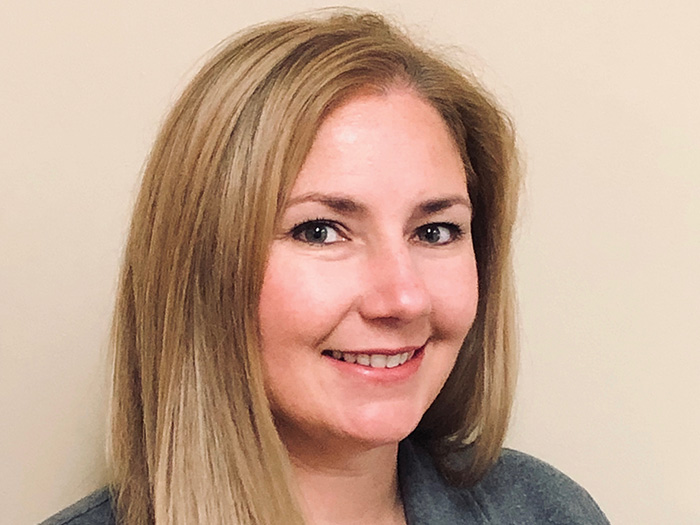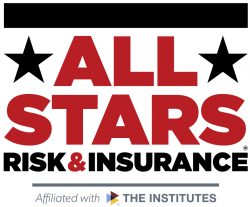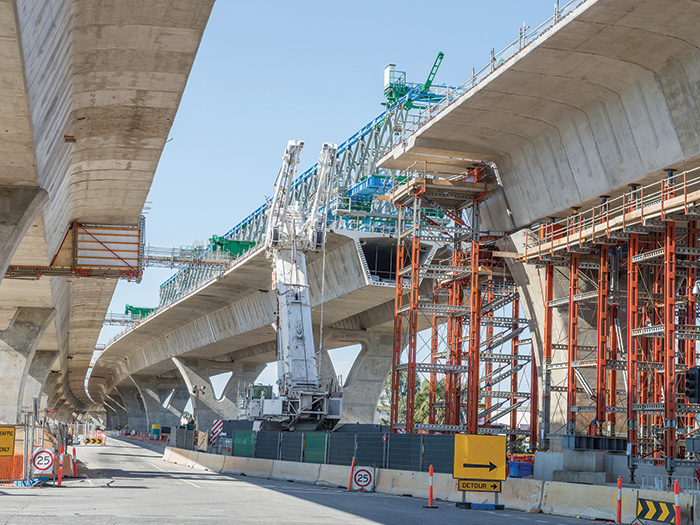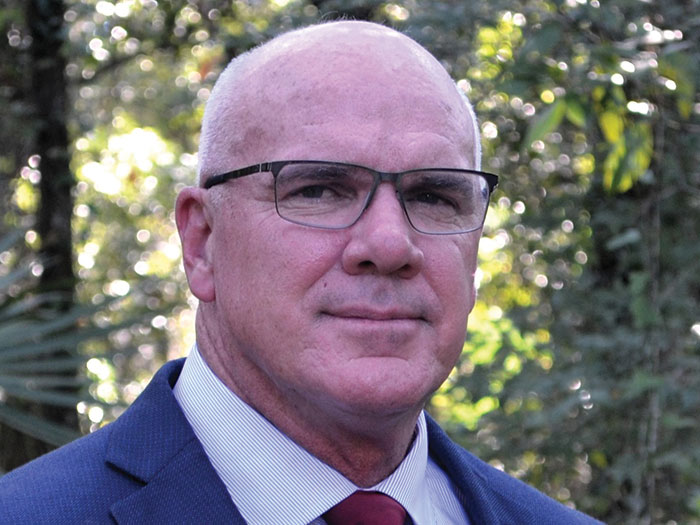How This Avis Risk Expert Used Her Insurance Prowess to Offset Added Costs During the Pandemic

Few sectors were hit as badly as the travel industry during the COVID-19 crisis.
One area that was severely affected was rental vehicles. As a leading global provider of mobility solutions, Avis Budget Group is constantly assessing its risks.
These risks are chiefly associated with its properties, such as those in flood zones, and require evaluation of everything, from how parking lots are paved and the impact that has on vehicles, to clearance and turning radius available for firetrucks.
Early in the pandemic, rental vehicles sat idle in lots across the world, creating a host of new challenges for risk managers at these companies. They were exposed to a range of threats from flooding and fire to wind and hail damage.
Step forward Suzanne Panicoe, senior director, global risk management and claims at Avis Budget Group.
In her role, Panicoe worked to prevent any losses to the company’s properties and advised the regional operations leads of potential risks. At renewal, working alongside the company’s chief financial officer and treasurer, Panicoe communicated Avis’s risk management strategy to the underwriters to fully explain the risk.
Within this, she presented a comprehensive plan to get back to 70% utilization rates that the company had traditionally had.
Panicoe got the underwriters comfortable with the risk, detailing how Avis right-sizes its fleet in line with demand and disperses its vehicles so that there’s a smaller concentration exposed to an event at any given time. She also mapped out how getting back to these historic levels was critical to the company remaining a viable ongoing concern.
After receiving quotes for its traditional program structure, the company modeled the risk to determine the appropriate balance of cost to risk. Avis decided that, given the high premiums being quoted for the risk, its structure needed to be fundamentally changed.
“The decision to change the structure of the program was driven mainly due to premiums being extremely expensive in relation to the risk,” Panicoe said.
“Getting sufficient limits wasn’t the issue. The issue was getting limits at a price that was commensurate to the risk.”
After deciding to insure the primary layer through Avis’s captive and self-insure a portion of the excess layer, the company took out top and drop coverage to provide additional excess coverage and reinsurance for the primary layer.
By retaining a portion of the excess layer, the company significantly reduced the premium for that layer and enabled the company to reallocate the savings to offset the additional cost of the top and drop coverage. &
 Every year, Risk & Insurance selects deserving candidates to become Risk All Stars. These are risk managers who, through their perseverance, passion and creativity, make a big difference to the stability of their organizations.
Every year, Risk & Insurance selects deserving candidates to become Risk All Stars. These are risk managers who, through their perseverance, passion and creativity, make a big difference to the stability of their organizations.
See all the 2021 Risk All Star Winners here.










